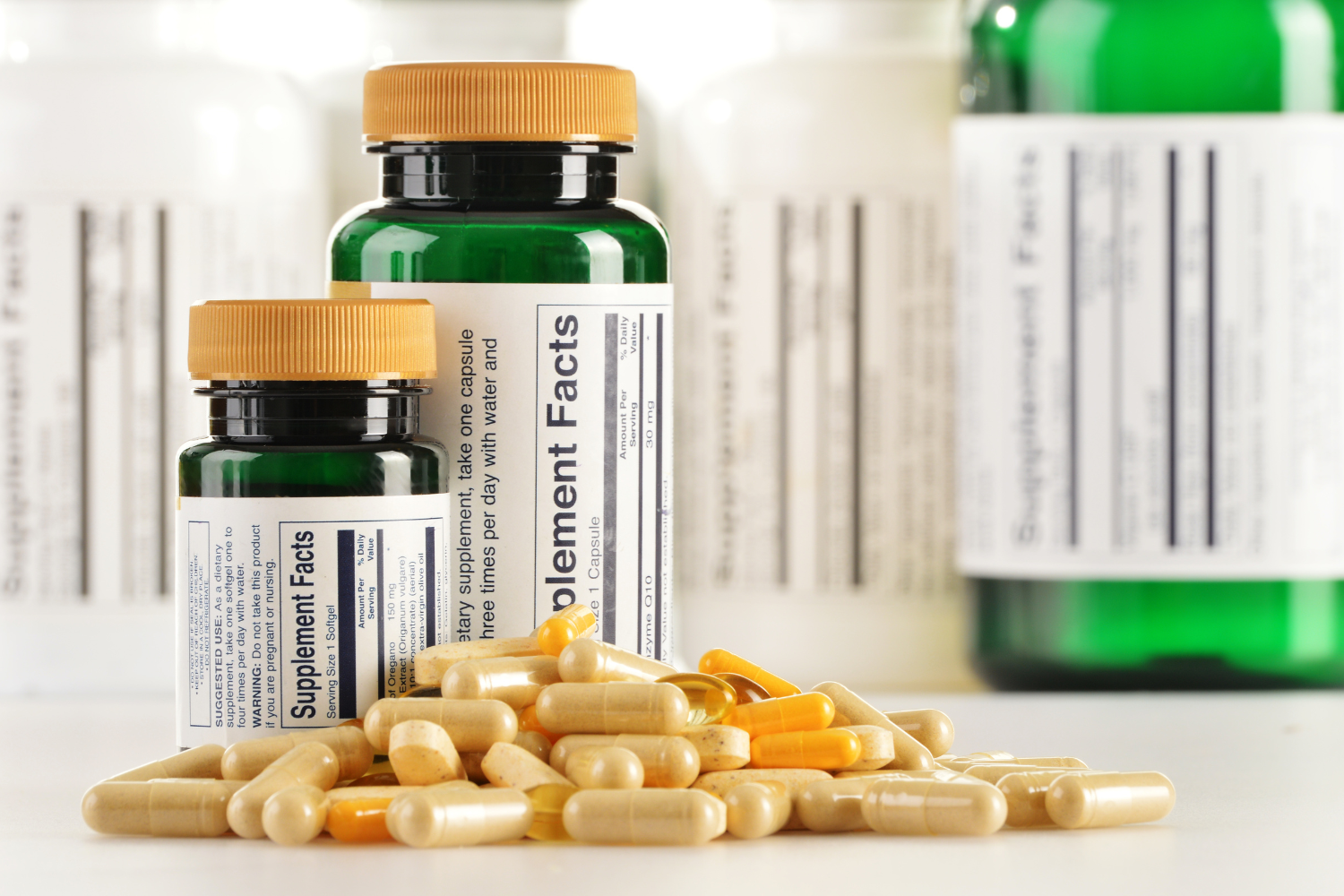Table of Contents
ToggleWhy Choosing the Right Label Material is Essential for Your Supplement Business
Selecting the best label material is key to building a strong brand identity and fostering consumer trust. Labels for glass bottles, plastic containers, and other packaging options communicate the quality of your product to customers, showcasing your brand’s professionalism and reliability. Custom bottle labels also make your supplements stand out on crowded shelves, helping to grab attention and boost sales.
Beyond aesthetics, labels are essential for regulatory compliance. Supplement Facts, ingredient lists, and dosage instructions must be clearly displayed and meet FDA guidelines, which means your label design and material choice must hold up under various conditions without fading or peeling. Reliable bottle label printing helps ensure labels remain readable, compliant, and durable, supporting consistent product presentation.

Matching Label Materials with Bottle Types
Choosing the right label material for your supplements depends on the type of bottle you’re using—plastic or glass. Both have specific requirements for label adhesion, durability, and appearance that impact how well the labels perform in various environments. Below, we break down the unique needs for plastic and glass bottles and highlight the best label materials for each.
Different Needs for Plastic vs. Glass Bottles
| Aspect | Plastic Bottles | Glass Bottles |
|---|---|---|
| Adhesion | Labels for plastic bottles require materials with strong adhesive qualities that won’t slip or peel, even on smooth or curved surfaces. | Labels for glass bottles can use more versatile adhesives that bond well to the slick glass surface, offering a sleek, polished finish. |
| Durability | Labels on plastic bottles need to withstand more handling, friction, and potentially warm conditions, making materials like white vinyl or UV-resistant options ideal. | Glass bottles often serve higher-end products, so durable, scratch-resistant materials like clear BOPP or gloss finish are popular for maintaining quality. |
| Appearance | Plastic bottle labels benefit from bold, vibrant colors that attract attention, especially with gloss finishes or custom shapes. | Glass bottle labels often prioritize transparency or a high-end, matte look for elegance, such as clear BOPP or individually cut labels. |
| Environmental Impact | Depending on sustainability goals, plastic bottles may require labels that are easy to remove or recycle. | Glass bottle labels often need strong adhesives that do not damage the bottle during reuse or recycling processes. |
| Label Size & Shape | Flexible label shapes and sizes, including custom sizes and rounded corners, can enhance the design of plastic bottles with irregular surfaces. | Glass bottles often use precise, exact-sized labels that offer a tailored look, especially for luxury or specialty products like wine or oils. |
Consideration for Product Type and Labeling Regulations
The type of supplement you sell—whether powder, liquid, or capsule—along with FDA labeling requirements will impact your label material choice. Key considerations include:
- Moisture Resistance: Waterproof labels, like clear BOPP or white vinyl, prevent smudging and peeling on liquid supplements.
- Durability: Capsules and powders need labels that handle frequent handling; gloss or UV-resistant finishes work well.
- Regulatory Compliance: Labels must present Supplement Facts to meet FDA guidelines, while dosage instructions may be required depending on the specific product and labeling regulations.
- Temperature Resistance: Labels for refrigerated supplements should be chosen to withstand moist conditions.
- Custom Shape & Size: Unique packaging may require custom shapes or cut-to-size labels to fit branding and bottle shape.
These factors ensure that your labels are both customer-friendly and regulatory-compliant, enhancing the professional look of your brand.
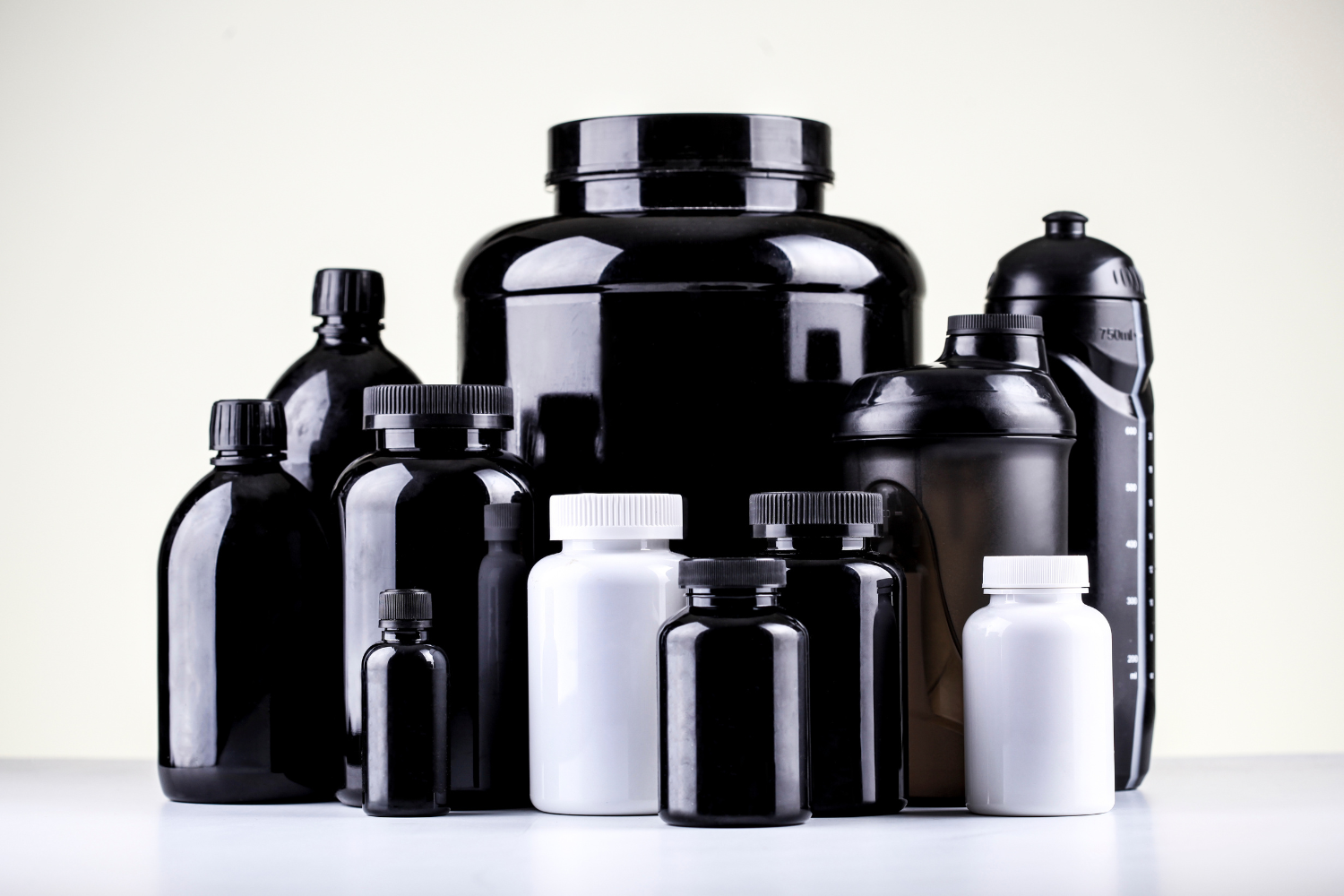
Best Label Materials for Plastic Bottles
When selecting the best label materials for plastic bottles, durability, flexibility, and moisture resistance must be considered. Certain label materials stand out for their performance on plastic, ensuring that your custom bottle labels remain professional and secure.
Polypropylene (PP) Labels
Polypropylene (PP) labels are widely used for plastic bottles due to their durability and resilience against moisture, oils, and chemicals. This makes them ideal for supplement bottles frequently handled or exposed to oils. PP labels support long-term product appeal with their ability to retain a clean and professional look over time. These labels are also waterproof, meaning they maintain their quality even in damp or humid conditions, making them perfect for products that require sustained legibility and an attractive appearance.
Another advantage of PP labels is their flexibility, making them suitable for squeezable plastic bottles. Their adhesive remains strong even when the bottle is bent or squeezed, ensuring the label doesn’t peel or wrinkle. This flexibility is especially valuable for products within the workout or nutrition sectors, where easy handling is important. PP labels provide an effective solution for brands looking for durability and adaptability in their labeling.
BOPP (Biaxially Oriented Polypropylene) Labels
BOPP labels are a preferred option in the supplement industry. They offer excellent clarity and a polished finish that enhances the product’s presentation. Available in both glossy and matte finishes, these labels provide brands with flexibility in achieving the right look for their packaging—whether that’s a vibrant, eye-catching finish or a more subtle, sophisticated appearance. This versatility, combined with a professional aesthetic, makes BOPP labels ideal for plastic bottles across many supplement types.
BOPP labels are also known for their durability in humid or moist environments, which makes them suitable for refrigerated products or those stored in damp areas. They are waterproof and tear-resistant, maintaining their integrity and readability even when exposed to challenging conditions. For brands aiming to ensure quality and compliance, BOPP labels provide a durable option for many plastic supplement bottles.
Vinyl Labels
Vinyl labels stand out for their exceptional durability, which makes them well-suited for plastic bottles that will encounter frequent handling. Known for being water-resistant and resilient, vinyl labels are moisture-resistant and perform well in areas prone to spills, though certain storage conditions may require additional protective coatings. This strength ensures the label remains intact and maintains a clean, professional look, supporting a brand’s long-term image and appeal.
Vinyl labels also offer a high degree of customization, with options in finishes such as gloss or matte to match the brand’s aesthetic. Additionally, vinyl’s strong adhesive provides a lasting hold on plastic surfaces, making it a dependable choice for brands that need a durable and flexible labeling solution. Available as individually cut or roll labels, white vinyl materials allow businesses to create custom bottle labels tailored to their branding needs.
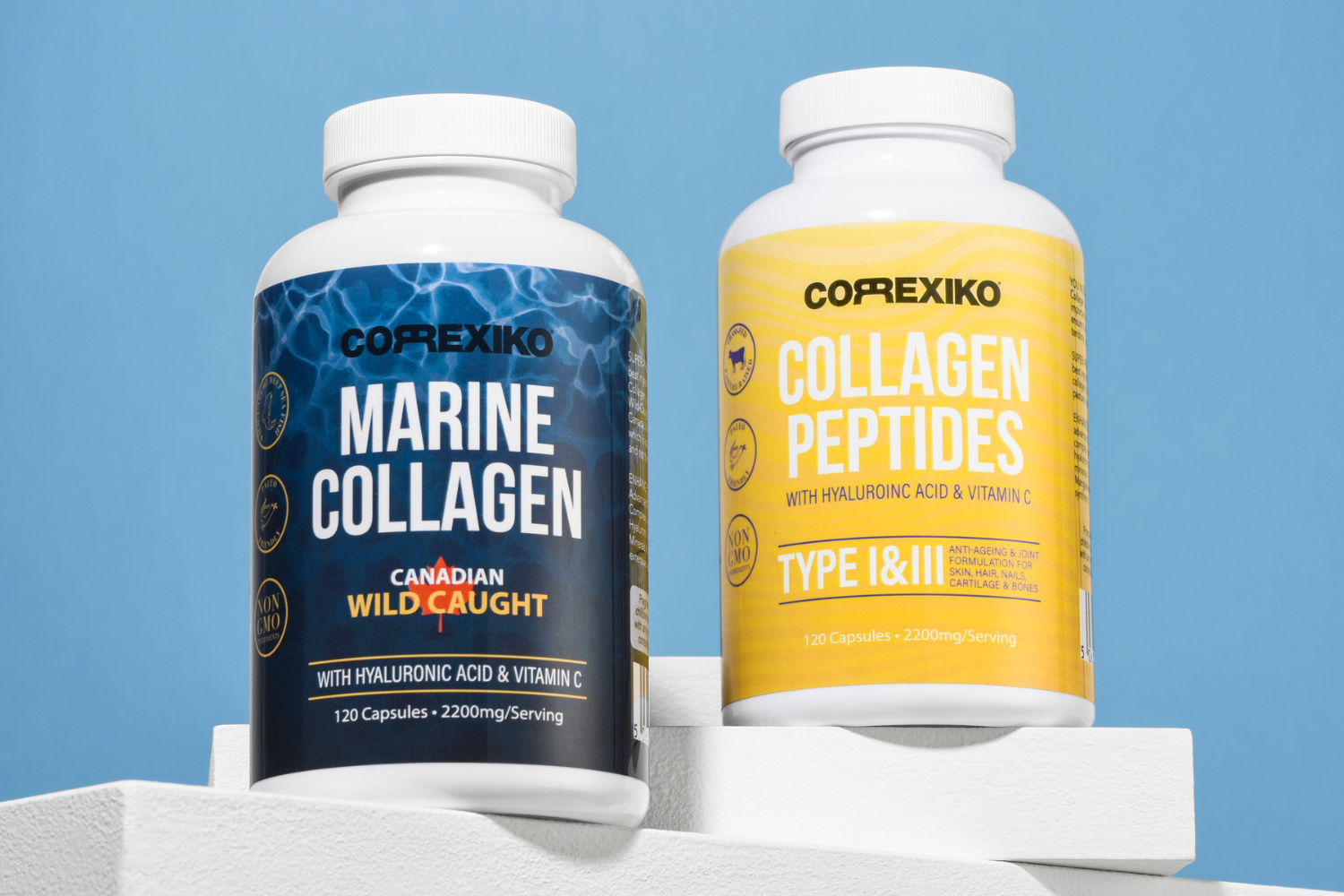
Best Label Materials for Glass Bottles
Choosing a suitable label material for glass bottles is essential to enhance brand appeal and ensure durability. Some materials are specifically suited to glass, offering a polished look and reliable adhesion for various supplements.
Paper Labels with Protective Coating
Paper labels are a popular choice for glass bottles in premium and organic supplement brands due to their classic, natural look. These labels allow various design options, helping brands create a unique aesthetic that communicates authenticity and quality. With custom shapes and exact sizing, paper labels can be tailored to fit each bottle, making them ideal for a polished, traditional presentation that appeals to consumers seeking a more organic feel.
Adding a protective coating, such as varnish or lamination, increases the durability of paper labels by providing water and oil resistance. This coating helps the labels withstand moisture and minor wear, keeping them legible and intact even when stored in damp locations like kitchens or bathrooms. This extra layer of protection makes paper labels more versatile and suitable for long-term use, ensuring they look fresh and professional throughout the product’s lifecycle.
Clear Film Labels
Clear film labels are designed to provide a sleek, premium look, often creating a “no-label” effect that allows the product inside the glass bottle to remain visible. This design approach is popular with brands looking to emphasize the purity of their supplements or liquids while still conveying important branding and product details. Clear film labels add a modern, minimalist touch to packaging, aligning well with high-quality and luxury products.
These labels also have strong adhesives that bond effectively to glass with the right adhesive, though adhesion strength may vary depending on the specific adhesive and storage conditions. This adhesive strength is especially valuable for liquid supplements stored in glass bottles, as the labels remain securely in place despite exposure to moisture or repeated handling. With their durability and aesthetic appeal, clear film labels are an excellent choice for a high-end, professional look on glass bottles.
Laminated Labels
Laminated labels offer an extra layer of durability, making them an excellent choice for premium supplement bottles that require resilience. The lamination adds a protective coating to the label surface, enhancing its resistance to oils, moisture, and scratches. This feature is particularly beneficial for products frequently handled or exposed to challenging environments, as the label’s integrity and appearance are preserved over time.
In addition to protection, laminated labels provide a high-end, polished look that appeals to consumers seeking quality. This refined appearance is ideal for luxury supplements, creating a professional finish that stands out on store shelves. Laminated labels add functionality and aesthetic appeal, making them a top choice for brands looking to combine durability with an upscale presentation.
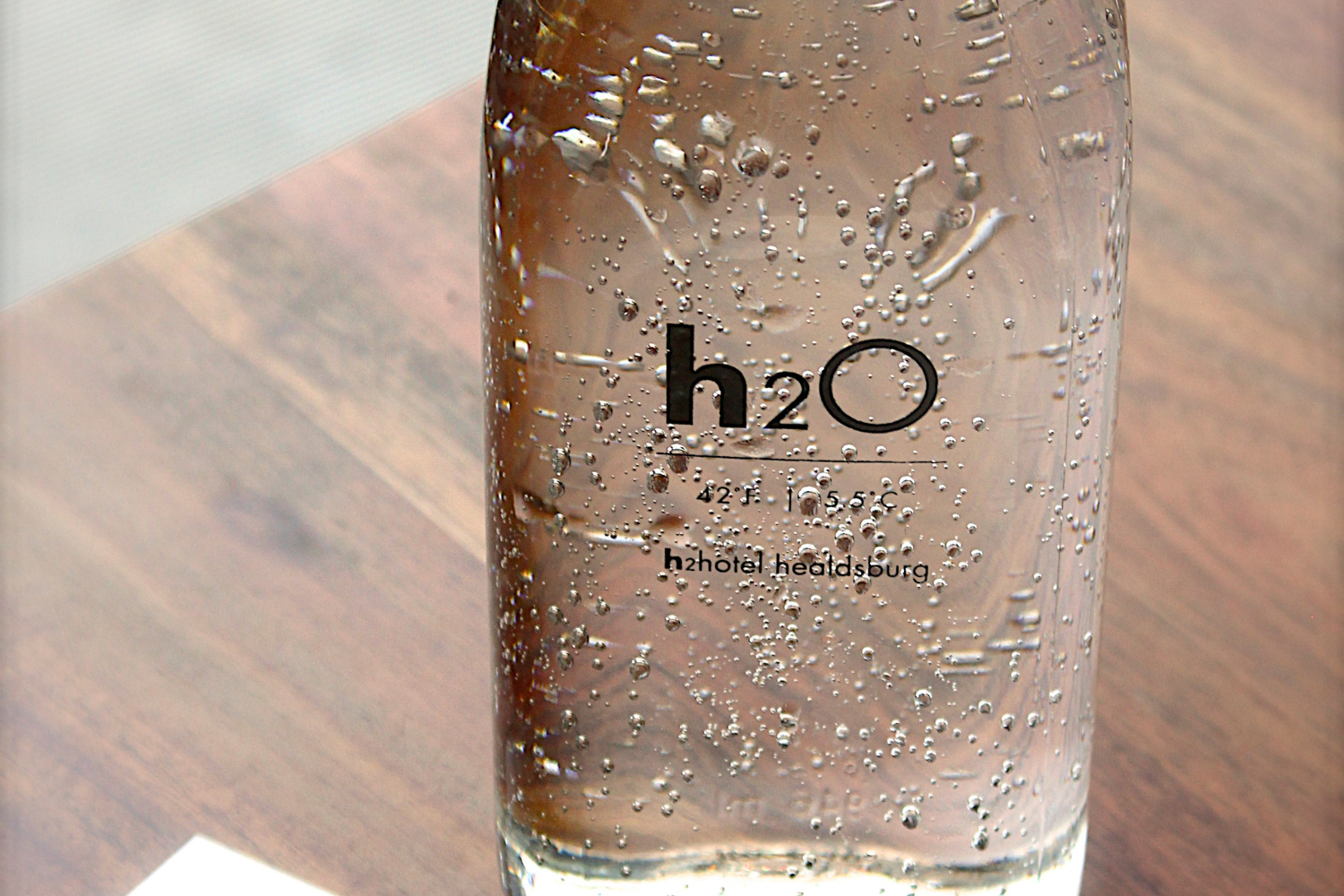
Important Features to Look for in Label Materials
When choosing label materials for supplement bottles, consider qualities like water and oil resistance, flexibility, adhesion, and sustainability to ensure they meet the demands of the product environment.
Water and Oil Resistance
Water and oil resistance are essential for maintaining label durability in different storage conditions. These features help labels stay readable and intact even when exposed to moisture or oils.
Water-resistant labels are crucial for supplements stored in humid areas, such as bathrooms or kitchens, as they prevent fading, peeling, or smudging. This keeps the label looking professional and ensures essential product information remains clear.
Oil-resistant labels are ideal for supplements like fish oil that may encounter spills or frequent handling. They prevent smearing and peeling, keeping the product’s appearance intact and information easily readable.
Flexibility and Adhesion
Flexible, strong adhesive labels are necessary for a smooth fit on plastic and glass bottles, especially squeezable containers.
Flexible labels help prevent wrinkling or peeling on squeezable plastic bottles. Polypropylene is a great choice, as it conforms well to the bottle’s shape and maintains a clean appearance.
Glass bottles need high-adhesion labels to stay securely in place, especially with frequent handling. This strong bond ensures a polished, reliable look that reflects the brand well.
Eco-Friendliness
Eco-friendly labels are in demand as brands focus on sustainability. Options like recycled or biodegradable materials appeal to environmentally conscious consumers and help reduce environmental impact.
Recycled and biodegradable labels support sustainable branding by helping companies reduce waste while creating high-quality bottle labels. This also enhances the brand’s image and commitment to eco-friendly practices.
Labels compatible with recyclable bottles allow brands to offer fully sustainable packaging. Removable or recyclable labels ensure the bottle can be recycled, boosting the brand’s eco-friendly appeal.
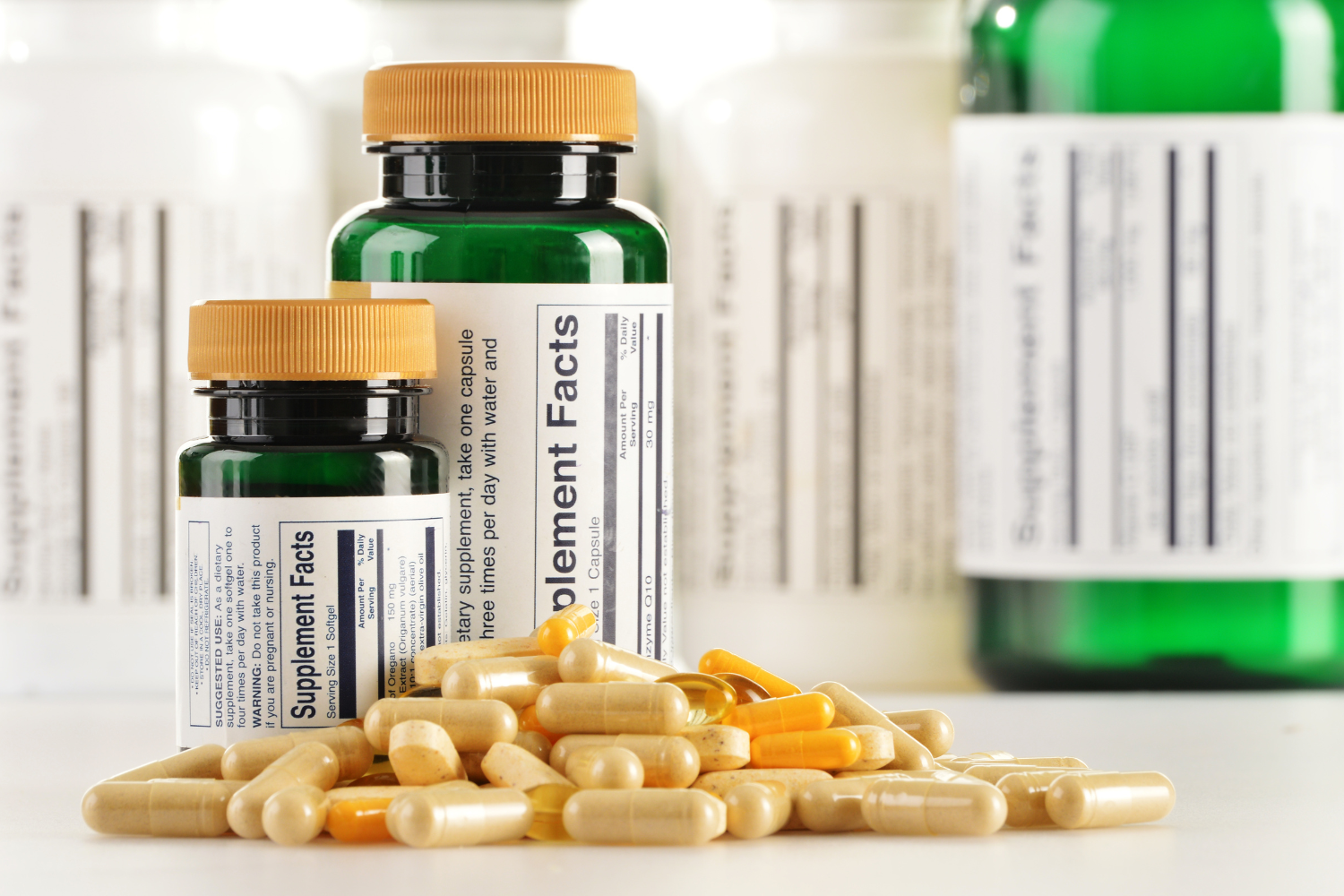
Customizing Labels for Your Supplement Business
Customizing labels for your supplement bottles allows your brand to create a distinct and professional look. Tailoring the label design and shape to your bottle type and brand identity can make a lasting impression on customers.
Design Options for Plastic and Glass Bottles
Choosing between glossy, matte, or textured finishes can help create a label that aligns with your brand’s style and values. Here are some options:
- Gloss Finish: Creates a sleek, vibrant look that catches attention, ideal for bold and modern brands.
- Matte Finish: Offers a subtle, non-reflective look that works well for premium or organic brands.
- Textured Finish: Adds a tactile element, providing a unique feel that can enhance brand presence.
Labeling for Transparent or Opaque Bottles
Designing labels that complement the transparency of glass bottles or the opacity of plastic bottles can enhance the overall appearance. Here are some best practices:
- Clear Labels: Use clear film labels for a “no-label” look on transparent bottles.
- Opaque Labels: Opt for opaque labels to create bold designs on plastic bottles.
- Partial Wraps: Consider partial wrap labels to let parts of the bottle remain visible, enhancing transparency.
- Matte and Gloss Blends: Use a blend of matte and gloss finishes for added contrast.
- Reverse Printing: Try reverse printing to create a unique effect for transparent glass bottles.
Label Shapes and Sizes
Choosing the right label size and shape is essential for ensuring a seamless fit on your bottles. Here are some options to consider:
- Wraparound Labels: Ideal for cylindrical bottles, offering 360-degree branding.
- Front-and-Back Labels: Allow for separate front and back designs, which are useful for providing extra information.
- Die-Cut Labels: Customized shapes can make your product stand out, creating a memorable brand identity.
Supplement labels must include critical information such as Supplement Facts, dosage instructions, and ingredient lists to meet FDA requirements. It’s important to leave adequate space on each label for these details while maintaining an attractive design. This ensures your product meets regulatory standards without compromising its visual appeal.
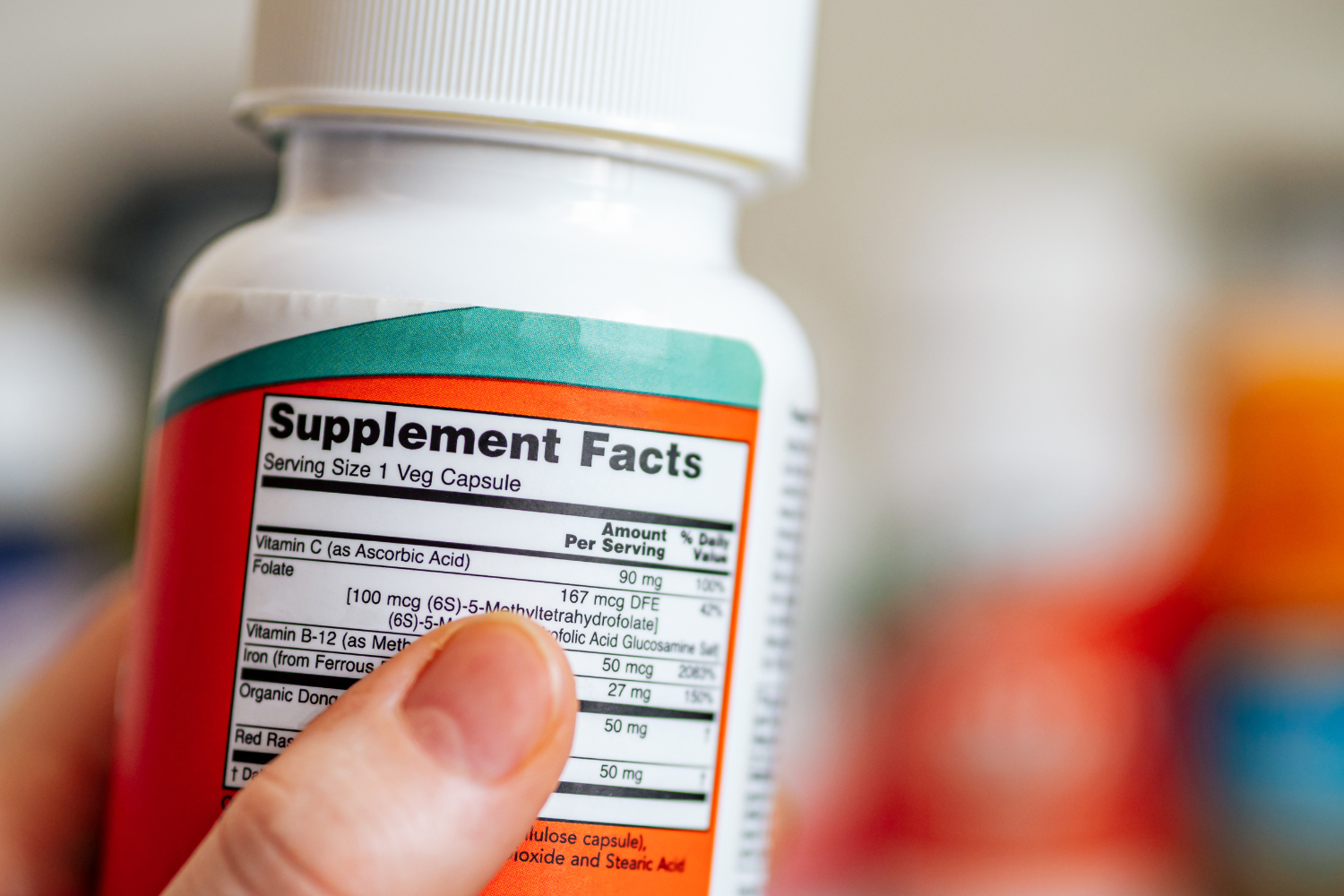
Label Application Tips for Plastic and Glass Bottles
Applying labels correctly is critical to a polished and professional finish. Here are options for both manual and automated applications.
Manual vs. Automatic Label Application
For businesses scaling up production, Automatic label applicators improve efficiency and precision, though they may not be suitable for highly customized packaging needs. These machines are particularly valuable for high-volume operations, allowing labels to be applied consistently and quickly without errors, minimizing production time, and maintaining quality.
Meanwhile, manual label applications can work well for startups or small batches. Here are some best practices:
- Use a Guide: Ensure consistent placement by using a guide or template.
- Clean the Bottle Surface: Wipe bottles to remove dust or oil for better adhesion.
- Start from the Center: Begin applying the label from the center to avoid wrinkles.
- Smooth Carefully: Use a tool to press out air bubbles for a smooth finish.
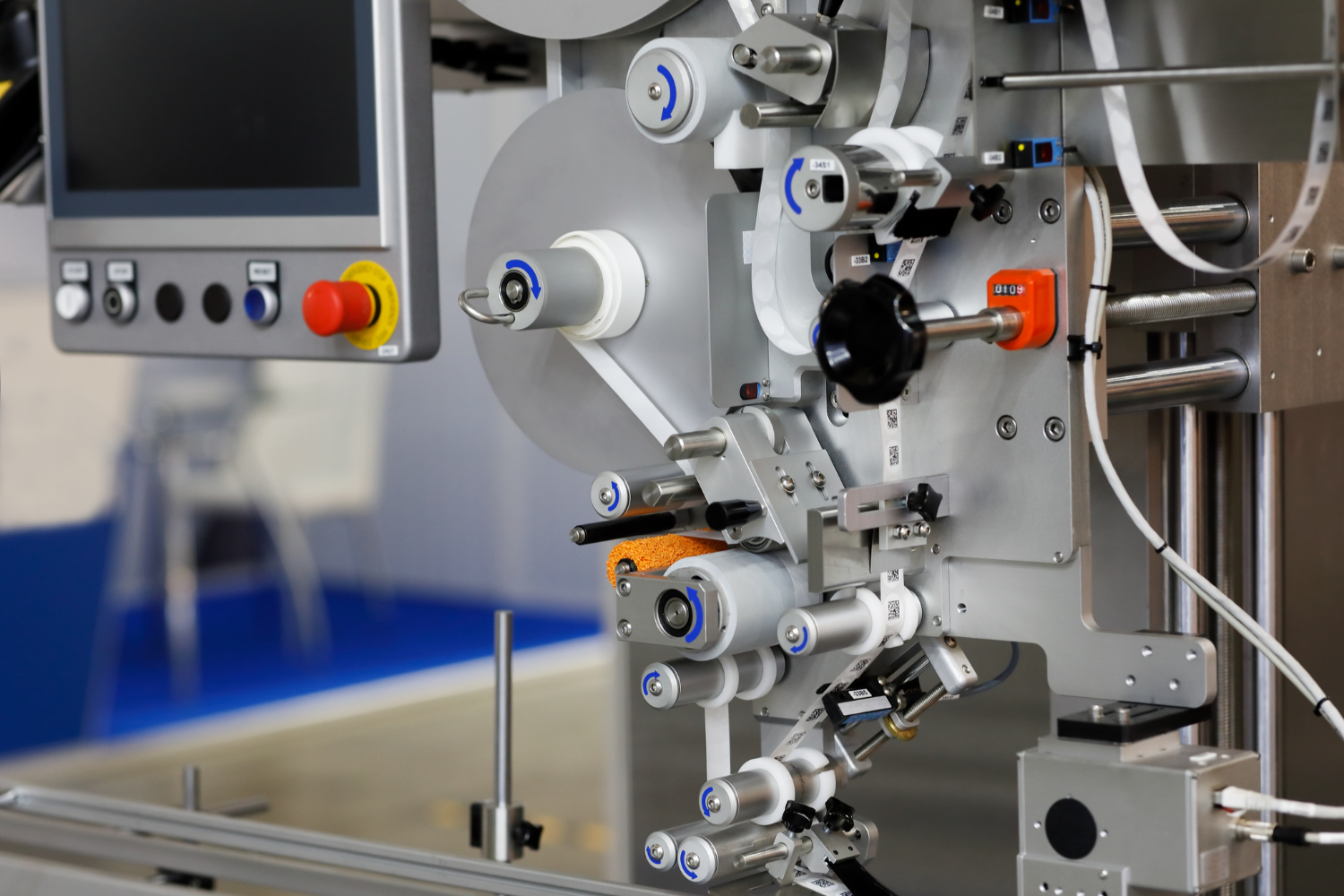
Temperature and Environment Considerations
Temperature and storage environment can affect label adhesion. Here are some conditions to keep in mind.
Ensuring Proper Adhesion in Cold or Hot Environments
Temperature fluctuations during application or storage can impact label adhesion, especially on glass bottles. Cold temperatures can cause adhesives to harden, while high temperatures can soften them. Selecting labels with temperature-resistant adhesives can help maintain a secure bond across varying conditions.
Labeling Bottles Stored in Humid Conditions
Labels on bottles stored in humid conditions must resist moisture to stay intact. Here are some tips:
- Choose Waterproof Materials: Use waterproof options like BOPP or vinyl.
- Opt for UV Coating: A UV coating can add durability.
- Consider Laminated Labels: These offer an added protective layer.
- Use Strong Adhesives: Look for adhesives designed for humid environments.
- Avoid Paper Without Coating: Uncoated paper labels may tear or fade in high humidity.
Eco-Friendly Labeling Solutions
Eco-friendly labeling options are becoming more popular as brands seek sustainable packaging solutions. From recycled materials to water-based adhesives, there are several ways to make your labels more sustainable.
Recycled and Biodegradable Labels
Recycled and biodegradable labels help brands meet sustainability goals by reducing waste and offering a greener alternative to traditional materials. These eco-friendly labels resonate with consumers who value environmental responsibility and help build a brand image focused on sustainability.
To support recyclability, choose labels that won’t interfere with bottle recycling. Removable or recyclable adhesives make it easy for consumers to recycle the entire package, enhancing the product’s eco-friendliness and aligning with sustainable practices.
Water-Based Adhesives
Water-based adhesives may contain fewer harsh chemicals than solvent-based adhesives, offering a more eco-friendly option in some cases. With water-based adhesives, brands can further decrease their environmental impact, aligning with eco-friendly practices in packaging.

Choosing the Best Label Materials for Supplement Bottles
Selecting the right label materials for plastic and glass supplement bottles is essential for durability, brand appeal, and regulatory compliance. Depending on bottle type and storage conditions, options like BOPP, vinyl, paper, and clear film offer various benefits. By considering factors such as moisture resistance, flexibility, and eco-friendliness, you can choose label materials that enhance both the quality and sustainability of your packaging.
Start choosing the best label materials today to ensure your supplement bottles stand out on shelves and meet industry standards.
Frequently Asked Questions
What is the best label material for plastic supplement bottles?
Polypropylene (PP), BOPP, and vinyl are the best label materials for plastic supplement bottles, as these options provide excellent durability and moisture resistance.
Can I use the same label material for both plastic and glass bottles?
Yes, some label materials like BOPP and clear film work well on plastic and glass bottles, but adhesive strength and flexibility may vary by material.
How do I make sure my labels stay on in humid environments?
To ensure labels stay secure in humid environments, choose water-resistant materials like vinyl or BOPP and apply UV or laminated coatings that can help improve label durability.
What finish should I choose for premium supplement labels?
For a premium look, consider finishes like gloss or matte lamination, which add a high-end, professional touch while protecting the label.
Can I get custom shapes and sizes for my bottle labels?
Yes, custom shapes and sizes are available for bottle labels, allowing you to create a unique fit that enhances your brand’s appeal.
References
- U.S. Department of Agriculture. (n.d.). BioPreferred Program. https://www.biopreferred.gov/BioPreferred/
- U.S. Environmental Protection Agency. (2024). Sustainable Management of Plastics. https://www.epa.gov/plastics
- U.S. Federal Trade Commission. (n.d.). Green guides. https://www.ftc.gov/news-events/topics/truth-advertising/green-guides
- U.S. Food and Drug Administration. (2024). Current Good Manufacturing Practices (CGMPs) for Food and Dietary Supplements. https://www.fda.gov/food/guidance-regulation-food-and-dietary-supplements/current-good-manufacturing-practices-cgmps-food-and-dietary-supplements
- U.S. Food and Drug Administration. (2017). Guidance for Industry: Dietary Supplement Labeling Guide. https://www.fda.gov/regulatory-information/search-fda-guidance-documents/guidance-industry-dietary-supplement-labeling-guide
- U.S. Food and Drug Administration. (2018). Guidance for Industry: Food Labeling Guide. https://www.fda.gov/regulatory-information/search-fda-guidance-documents/guidance-industry-food-labeling-guide

